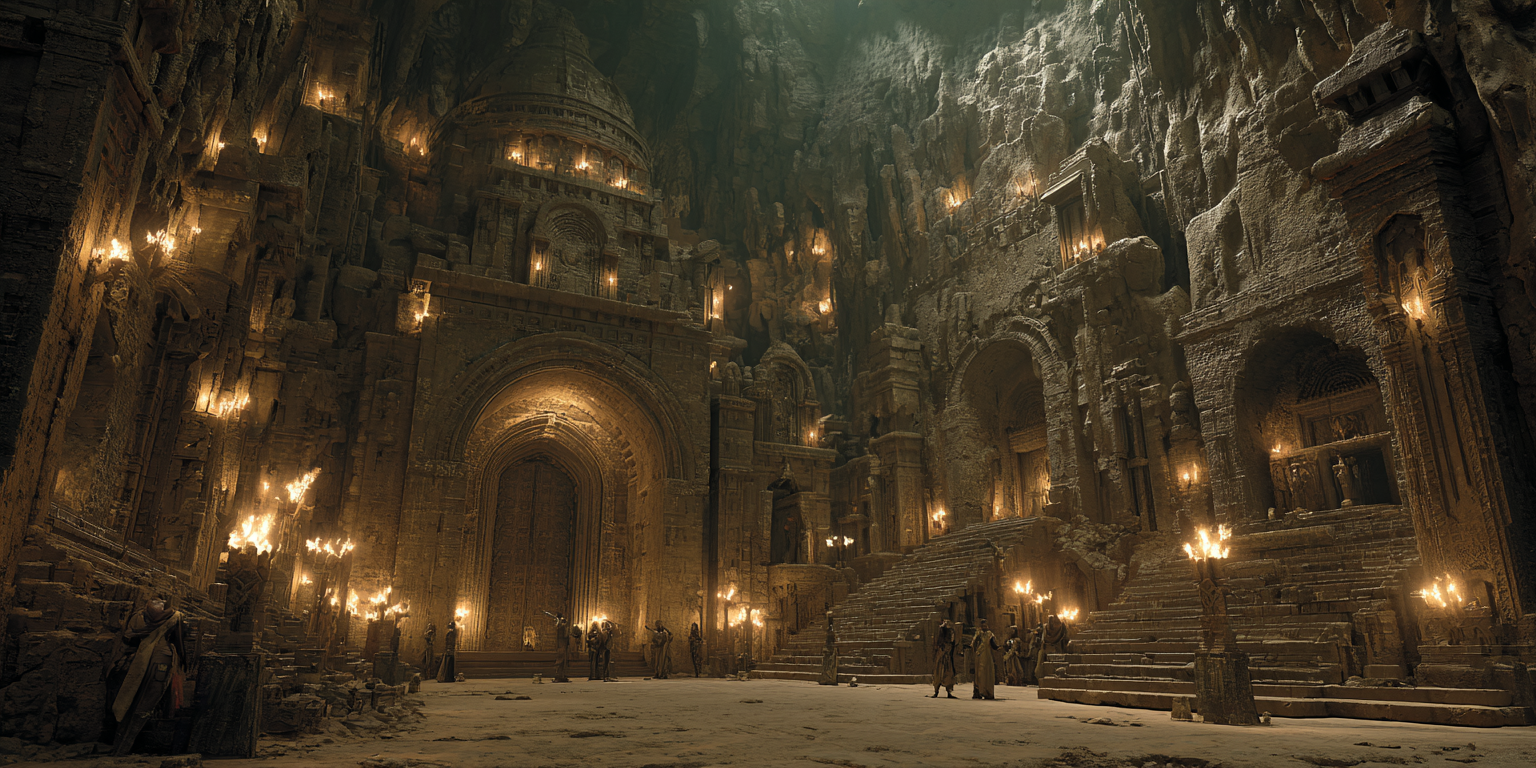Myth became reality when these legendary cities rose from the dust.
Throughout history, explorers, historians, and treasure hunters have searched for cities long lost to time. Some were swallowed by jungles, buried beneath deserts, or dismissed as mere legend—until rediscovered centuries later. Here are five remarkable cities that vanished and were eventually found again.
1. Machu Picchu – The Incan City in the Clouds
Location: Peru
Rediscovered: 1911 by Hiram Bingham
Picture suggestion: Aerial photograph of Machu Picchu’s stone terraces and misty Andean peaks
For centuries, Machu Picchu remained hidden in the Andes, unknown to the outside world and untouched by Spanish conquest. Though local people knew of its existence, it was Hiram Bingham who brought global attention to the site in the early 20th century. Today, this marvel of Incan engineering is considered one of the greatest archaeological discoveries of the modern age.
2. Troy – From Epic Myth to Archaeological Fact
Location: Turkey
Rediscovered: 1870s by Heinrich Schliemann
Picture suggestion: The excavated walls of ancient Troy with a view of the Troad landscape
Once thought to be a fictional city from Homer’s Iliad, Troy was dismissed by many historians until German archaeologist Heinrich Schliemann unearthed a site in Hisarlik, Turkey. The ruins matched descriptions of ancient Troy, suggesting that behind the myth was a real city—and perhaps a war that inspired legend.
3. Petra – The Rose-Red City Carved from Stone
Location: Jordan
Rediscovered: 1812 by Johann Ludwig Burckhardt
Picture suggestion: The rock-carved façade of Al-Khazneh (The Treasury) framed by the narrow Siq canyon
Petra was once a thriving trade center and the capital of the Nabataean Kingdom. Following earthquakes and the shift of trade routes, it faded from memory. In 1812, a Swiss explorer disguised as a Bedouin rediscovered the city’s elaborate rock-cut architecture. Petra’s dramatic setting and design have since made it one of the world’s most iconic archaeological sites.
4. Angkor – The Forgotten Megacity of the Khmer Empire
Location: Cambodia
Rediscovered: Documented by Western explorers in the 1860s; full extent revealed in the 2010s using LiDAR
Picture suggestion: Angkor Wat temple with surrounding jungle and stone ruins
Once the largest pre-industrial urban center in the world, Angkor was the capital of the Khmer Empire. While Angkor Wat remained known, the rest of the city was lost to the forest until French explorers began studying the ruins in the 19th century. More recently, aerial laser scanning (LiDAR) uncovered vast city grids, canals, and infrastructure hidden beneath the jungle canopy.
5. Pompeii – A Roman City Frozen in Time
Location: Italy
Rediscovered: Excavations began in 1748
Picture suggestion: Roman street lined with preserved buildings or plaster casts of victims in volcanic ash
When Mount Vesuvius erupted in 79 CE, the Roman city of Pompeii was buried under volcanic ash and forgotten for over 1,600 years. Its rediscovery offered a hauntingly detailed snapshot of daily Roman life—frozen in time. From intricate mosaics to graffiti and household items, Pompeii remains one of the most complete and emotionally powerful archaeological sites ever uncovered.
